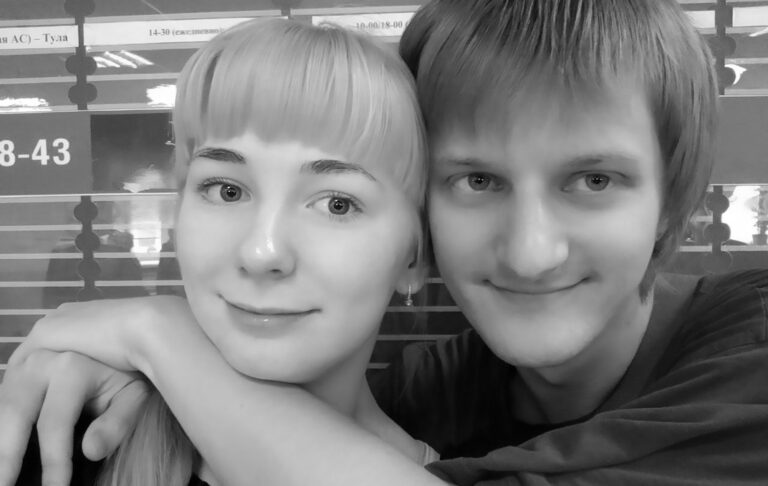Israeli scientists led by British-born Dr Benjamin Palmer are using prawn eyes to develop better and more effective paints that can be ultra-thin and highly-reflective.
Scientists from the Ben-Gurion University of the Negev in the Israeli city of Beersheba and the Weizmann Institute of Science in the city of Rehovot have reportedly discovered that the unusual structure of prawn eyes could be used to develop paints and they published their findings in the journal ‘Nature Nanotechnology’.
According to local media, Dr Benjamin Palmer, originally from Wales in the UK, has always been fascinated by optical crystals in biology, and he began his postdoctoral research at the Weizmann Institute.
Dr Palmer teamed up with Dr Venkata Jayasurya Yallapragada to map the crystals and determine their properties.
A crustacean’s eyes gleam in the dark due to a reflector underlying its retina made of tightly-packed nanoparticles that allow the eye to collect more light.
The reflector is made up of an assembly of spherical nanoparticles and each is constructed from hundreds of crystal plates arranged in concentric layers around a hollow core, resembling an onion.
The platelets are arranged so that their highly-reflective flat facets point away from the surface of the sphere in all directions, according to the study.
Dr Palmer said: “It’s not often that new principles in optics are revealed by biological systems.”
The team is currently trying to establish how prawns produce such complex particles in the hope that they can be recreated in the lab.
The process could inspire new paints and coatings which could be made ultra-thin and highly-reflective.
To find out more about the author, editor or agency that supplied this story – please click below.
Story By: Ana Marjanovic, Sub-Editor: Joseph Golder, Agency: Central European News
The Ananova page is created by and dedicated to professional, independent freelance journalists. It is a place for us to showcase our work. When our news is sold to our media partners, we will include the link here.




